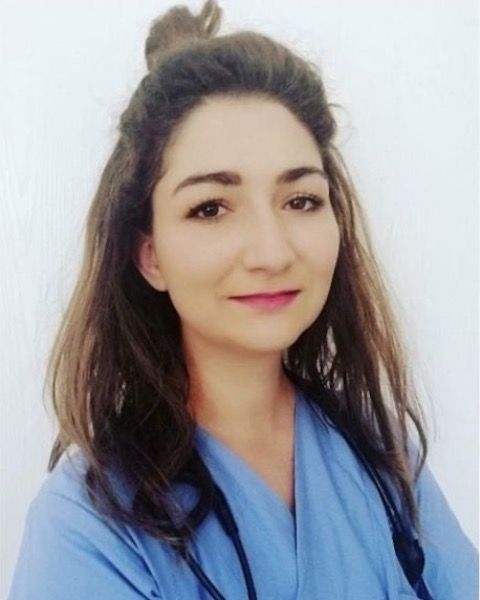Operative Obstetrics
Poster Session 3
(858) Applying machine-learning models to successful Vaginal Birth after two Cesarean Deliveries

Rachel S. Griffin, BS, MBBS (she/her/hers)
Laniado Medical Center, Netanya Israel
Netanya, HaMerkaz, Israel- EH
Emanuelle S. Hay, N/A
The Adelson School of Medicine, Ariel University
Netanya, HaMerkaz, Israel - IB
Itai Braude, MD
Emek medical center
Afula, HaZafon, Israel - RR
Ron Rosenberg, MD
Laniado Medical Center, Netanya Israel
Netanya, HaMerkaz, Israel - AW
Amir Weintraub, MD
The Adelson School of Medicine, Ariel University
Netanya, HaMerkaz, Israel - ND
Nir R. Duvdevani, MD, MSc
Laniado Medical Center, Netanya Israel
Netanya, HaMerkaz, Israel - YP
Yael Pasternak, MD
The Adelson School of Medicine, Ariel University
Netanya, HaMerkaz, Israel
Primary & Presenting Author(s)
Coauthor(s)
Applying machine-learning models to clinical features of women attempting Trial of Labor after two Cesarean deliveries to predict success rate.
Study Design:
A Retrospective Cohort Study was conducted between the years 2009 -2021 at a University- affiliated Medical Center. Data was extracted from records and included maternal demographics and clinical features. The primary outcome was Vaginal Birth After Two Cesarean deliveries (VBAC2) without uterine rupture or dehiscence. Secondary outcomes were APGAR scores at 1 and 5 minutes, neonatal pH values below 7.1, Neonatal Intensive Care Unit admissions, maternal need for blood transfusion, and intrapartum, neonatal and maternal mortality. We used different machine-learning models and statistical regression to predict the outcome class.
Results:
Among a total of 91196 singleton deliveries, 2472 of women underwent two prior Cesarean sections. Of these, 475 deliveries were approved for and attempted trial of labor. Of them, 408 (86%) had successful VBAC2, 406 without uterine rupture or dehiscence. In total, 10 women had uterine rupture (2.1%) and 4 (0.8%) had dehiscence of uterine scar. There were no mortalities, neonatal or maternal. The most accurate classifier model was the XGBoost Classifier (ROC AUC 81%), followed by the Randon Forest Classifier (ROC AUC 80%) and then by the Logistic Regression Classifier (ROC AUC 72%). The sensitivity and specificity of the XGBoost were 25.0% and 96.4%, respectively, defining the prediction probability threshold as 0.25, with high specificity. The parameters with the highest importance for successful VBAC2 XGBoost Classifier are presented in figure 1.
Conclusion:
Machine-learning models trained with clinical data may be useful in predicting safety and success for vaginal delivery after two Cesarean sections with a relatively high degree of certainty. Using these models may aid in counseling women before delivery and help patients and physicians make more informed decisions regarding mode of delivery choices in the case of two previous Cesarean sections.

